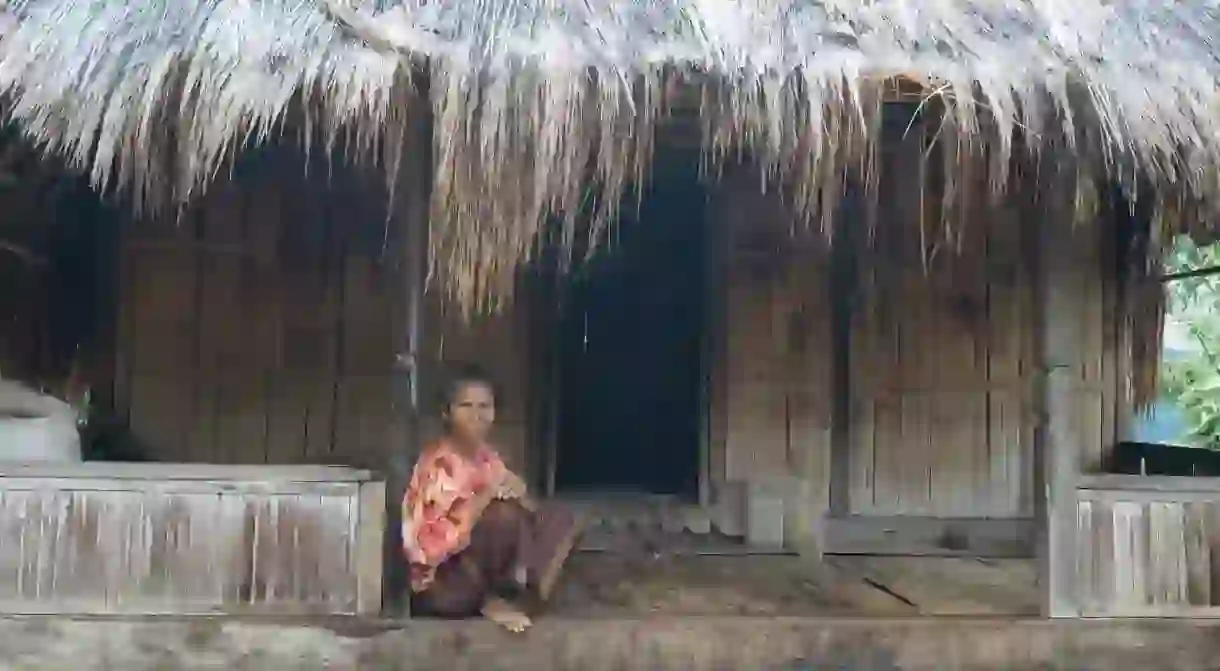A Guide to Sasak Traditional Village in Ende, Indonesia

For centuries, the Sasak people in Lombok have maintained their traditional lifestyle by eschewing modern staples such as electricity and technology. Bali’s sister island is experiencing increasing tourism, and the Sasak traditional village in Ende, Indonesia has become a stop on Lombok’s tourist trail for visitors who are curious to learn more about how Sasak residents live.
The Sasak people make up most of Lombok’s population. A few villages in this area do not want to modernize along with the rest of the island. These villages are characterized by their lack of modern technology. Their lifestyle is based on farming and weaving. Largely left alone for some time, these pockets of traditional island life are, however, witnessing increasing visits from local and international tourists. During a time when digital technology has consumed many parts of the world, visitors may be interested to learn how a community lives without some of the modern devices they use every day.


There seems to be a growing generational gap in the Sasak traditional village. Younger members of the community are now leaving to work or go to school outside of the village. After moving, they realize that there is increased interest in their culture. Therefore, they have started opening the village to outsiders, while acting as guides and educators to those who want to learn more.
Architecture and marriage are a large part of Sasak tradition. Entrances to houses in the village are characterized by their low door frames so that anyone entering the houses is forced to bow his or her head in respect to the dwellers. After the first child is born in a Sasak home, the new father must sleep outside the house on a patio made from cow dung — an aroma that first-time visitors will never forget. While this tradition may be viewed as a punishment, the Sasak say that floors made of cow dung do not become as dusty and drive away mosquitoes in the summer; in other words, the men have an easier time sleeping outside.

Within Indonesia, the most famous aspect of Sasak culture is the unique way that young couples get engaged. A potential coupling is achieved between a man and a woman by an agreed kidnapping, which may sound like a paradox. Unbeknownst to the woman’s parents, the man sneaks into the woman’s house one night and literally takes her away. For the next two weeks, she will remain in her partners’ parent’s house as her whereabouts remain a mystery to everyone else in the village. While the origins of this custom remain a mystery, it is both welcome and eventually expected of any potential groom.
It is open to debate whether allowing tourists to visit their village threatens or benefits the Sasak people. Pockets of arguably “untouched” cultures like the Sasak culture are rare. However, perhaps it says more about our modern culture that we are becoming increasingly fascinated by the Sasak and their seemingly uncomplicated way of life.





























